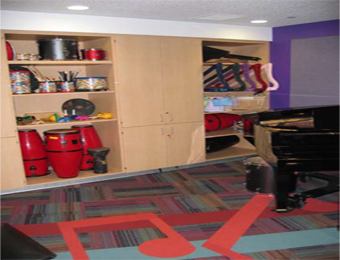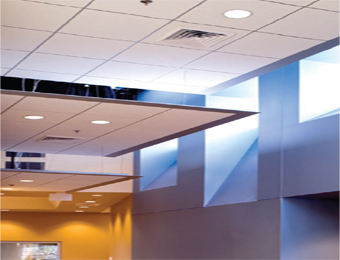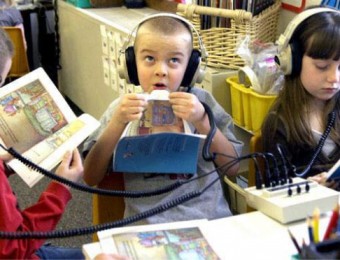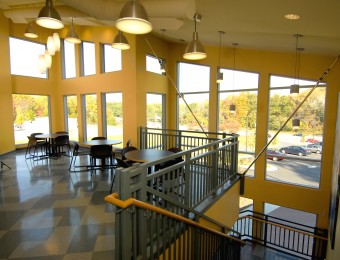Alternative learning spaces: What is music therapy? Music therapy is a multi-sensory experience whereby music is used for therapeutic results. A student visually connects with the shiny, brightly colored instruments; he or she hears a sound of the music; he or she experiences a feeling of holding the instrument; and he or she feels the vibration or movement of the instrument. It has been determined that music can influence a student’s behavior by affecting the brain through sound and thereby impact other bodily structures. These effects are visible, identifiable and measurable, and are the basis for music therapy. The full article is available on School Planning and Management.



